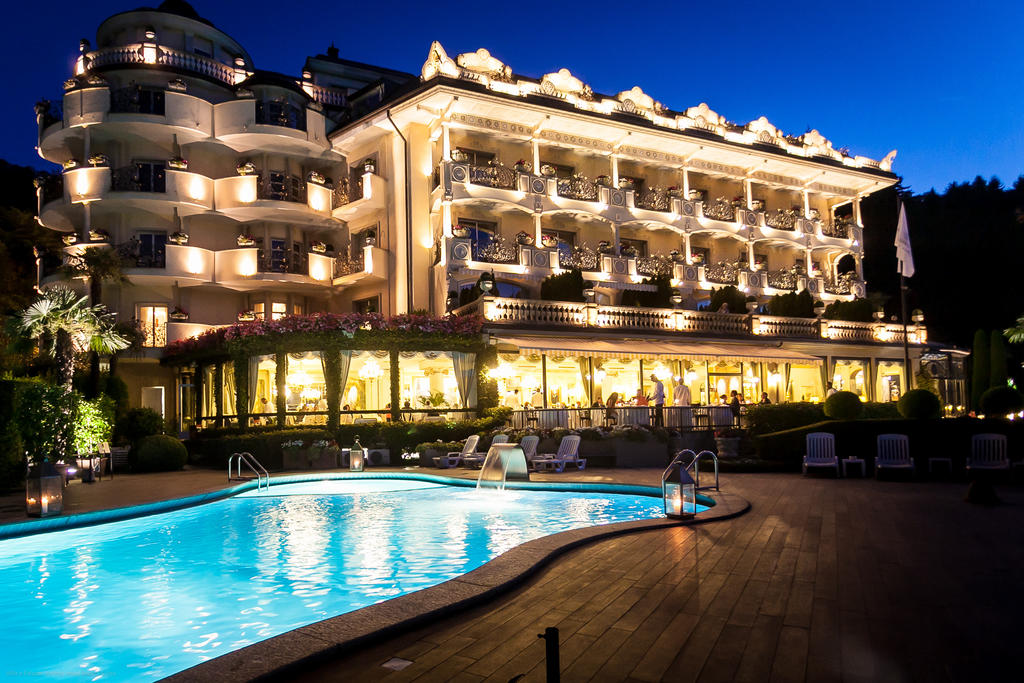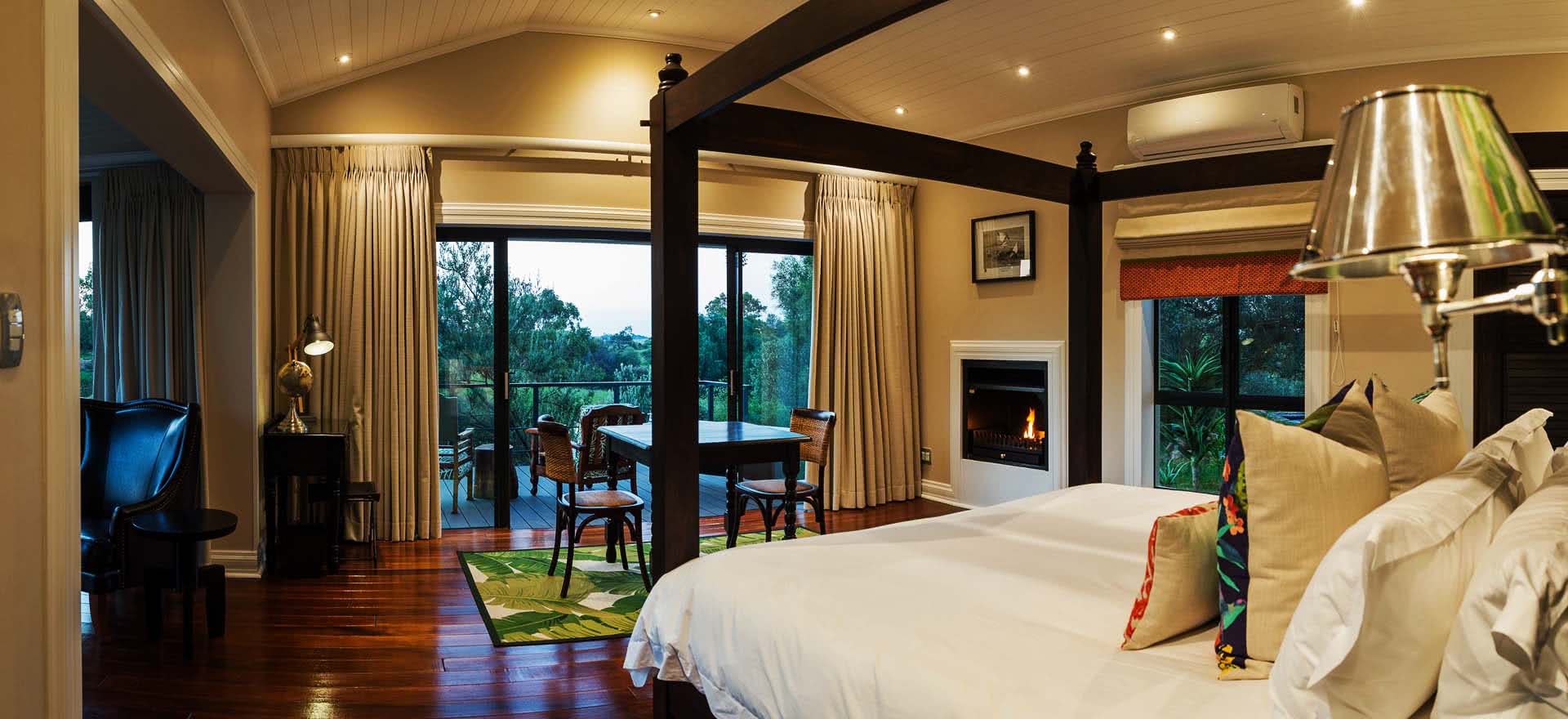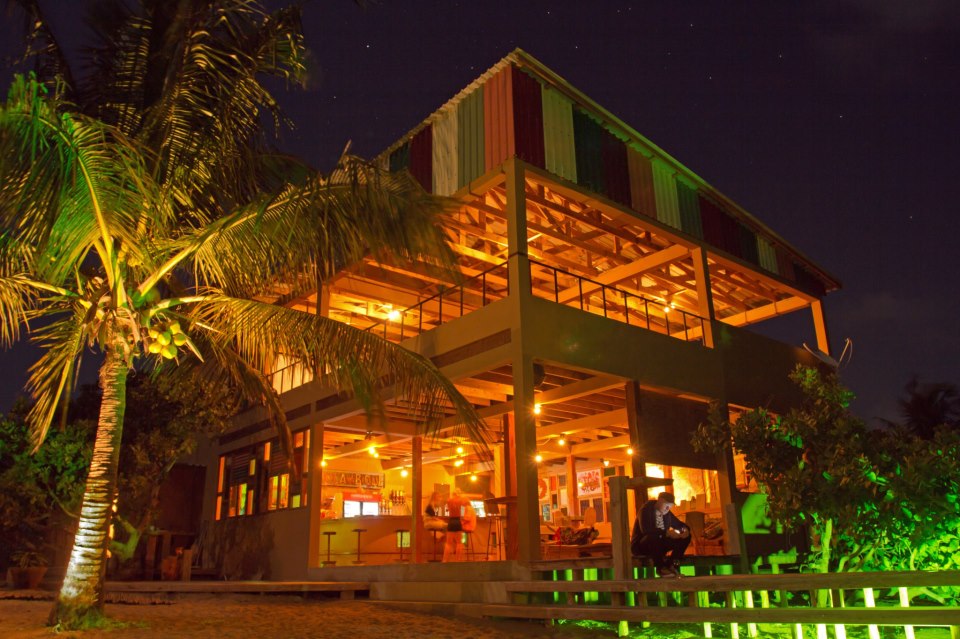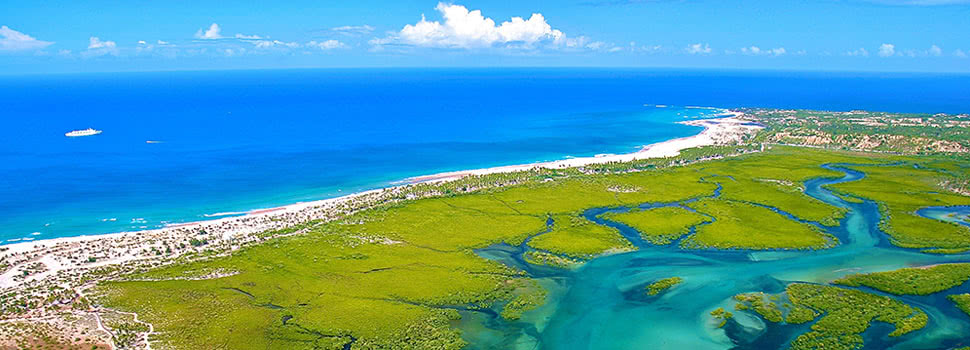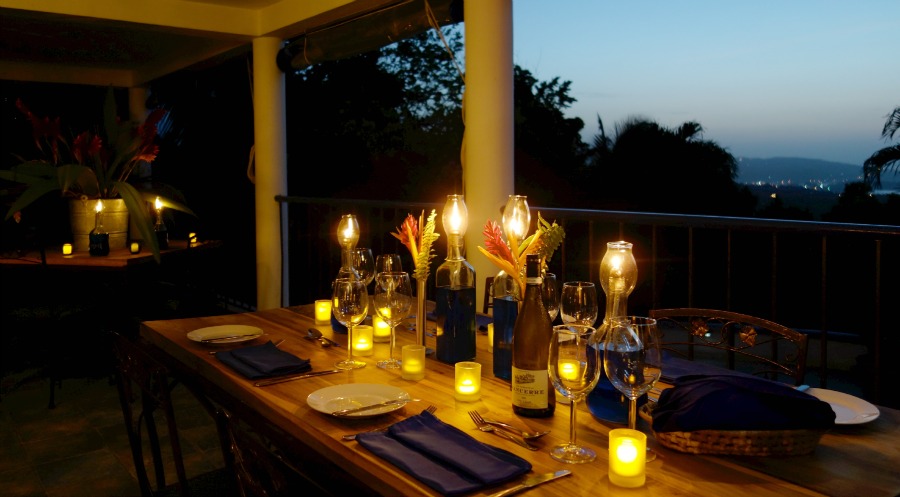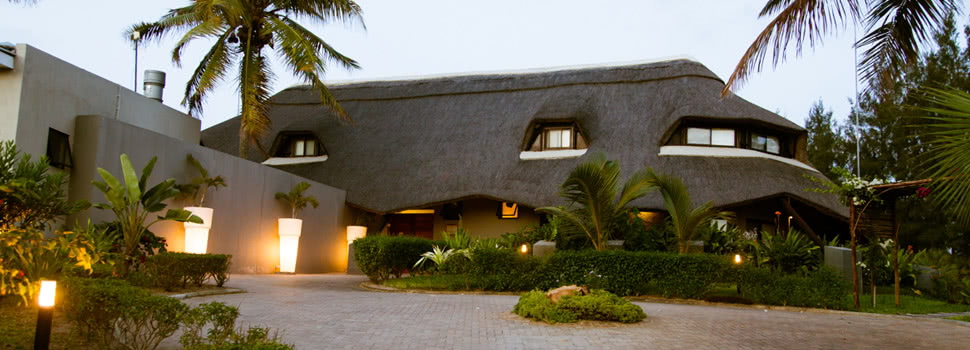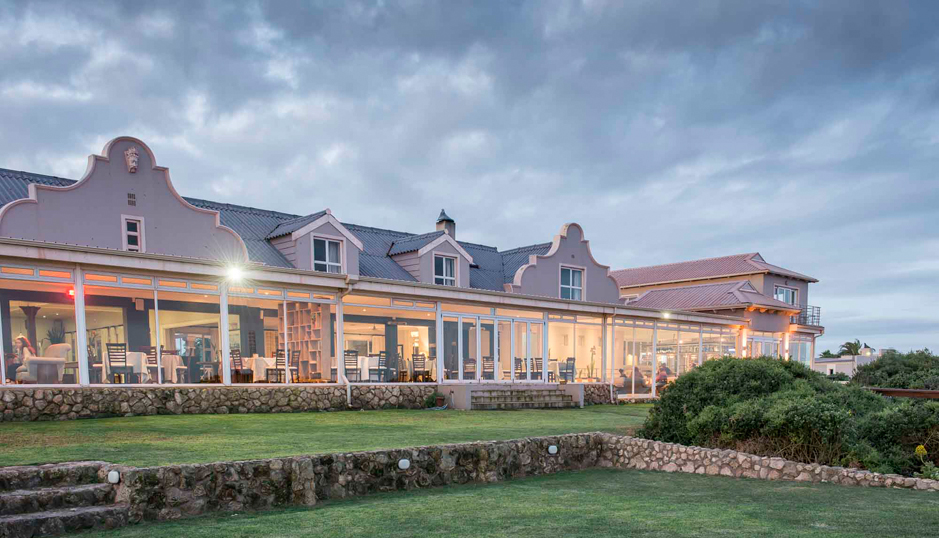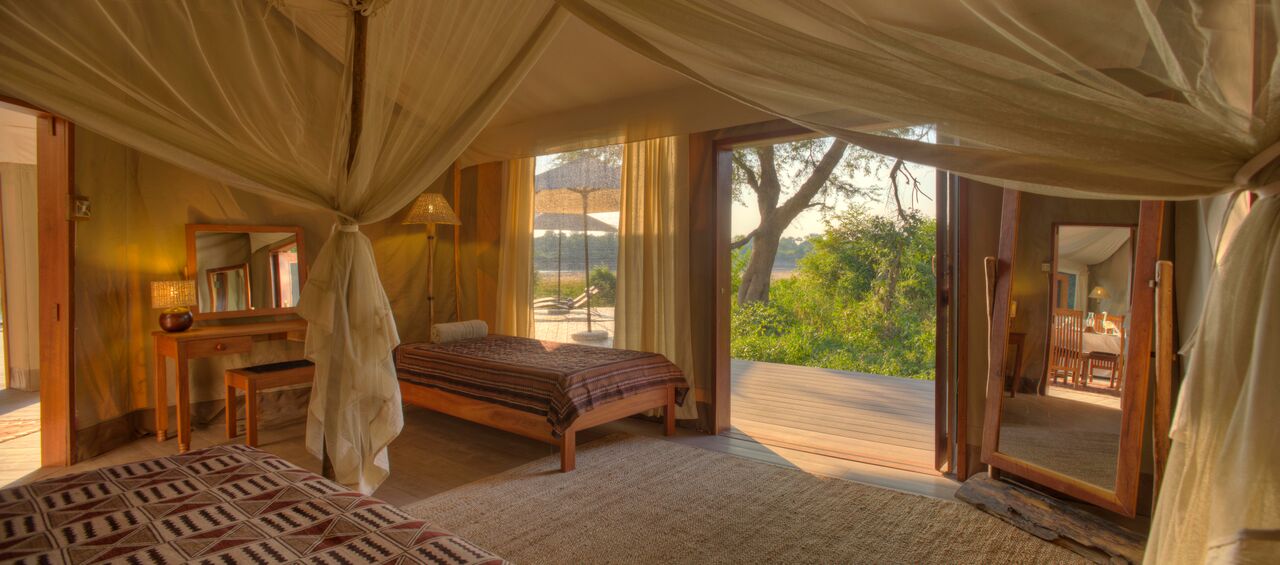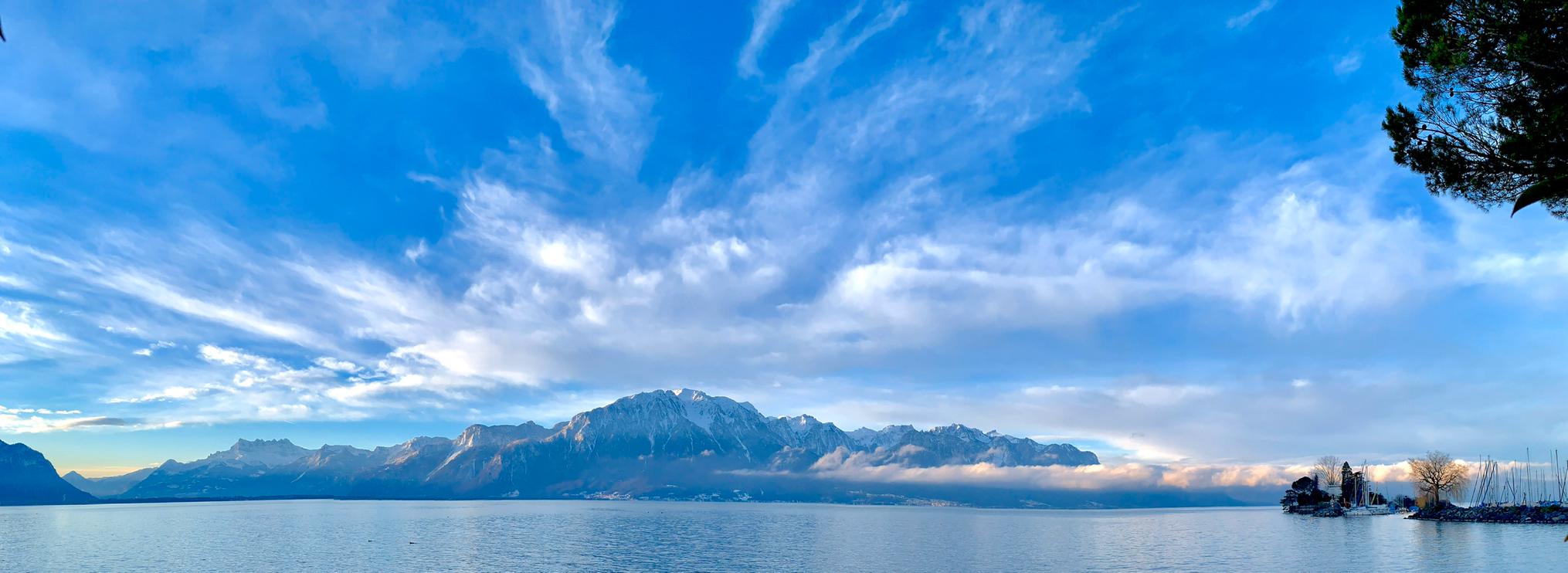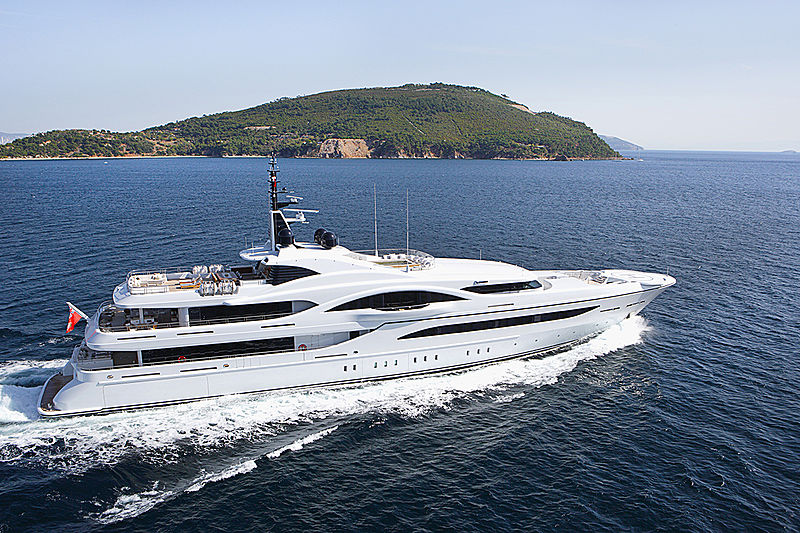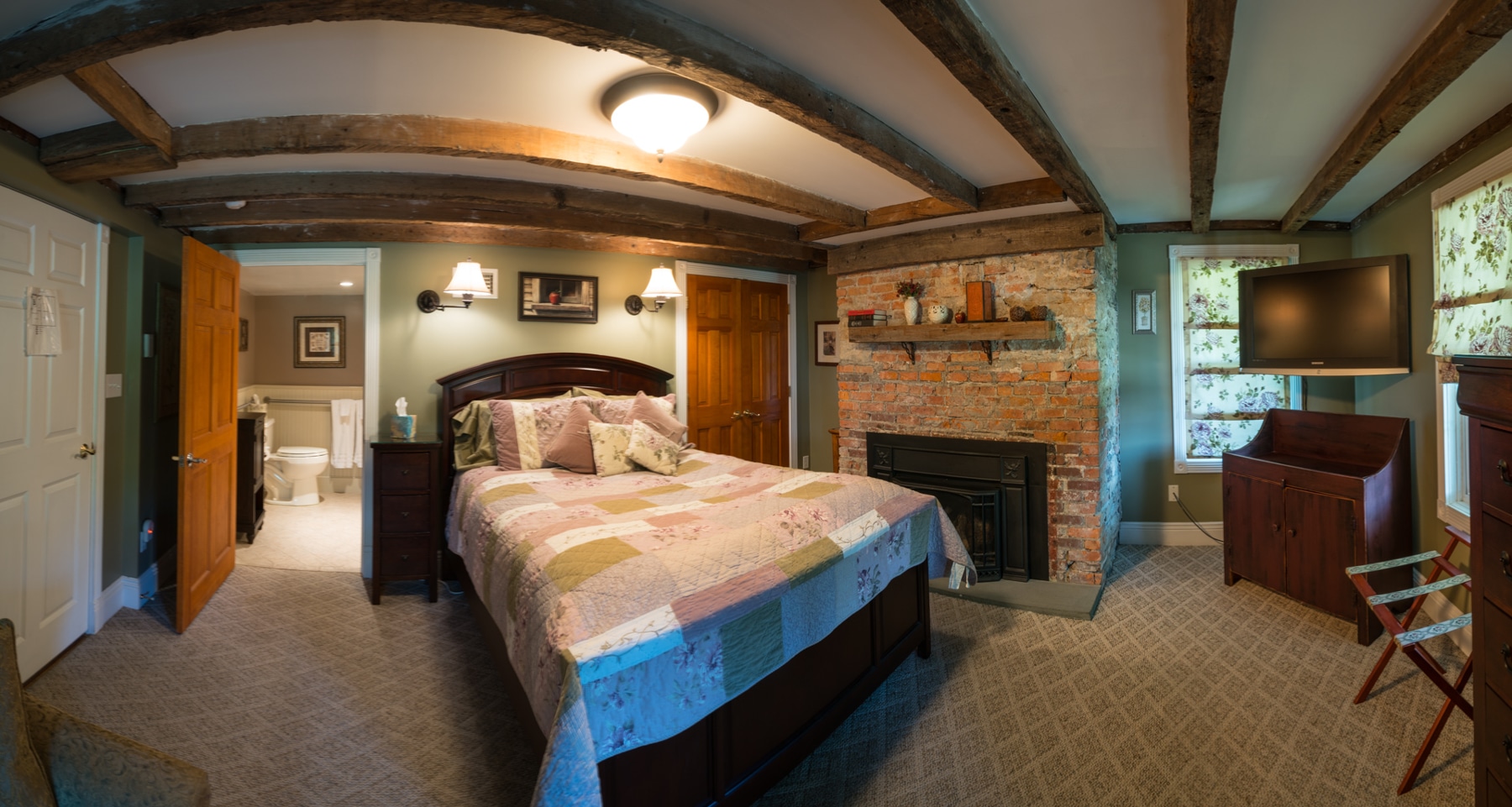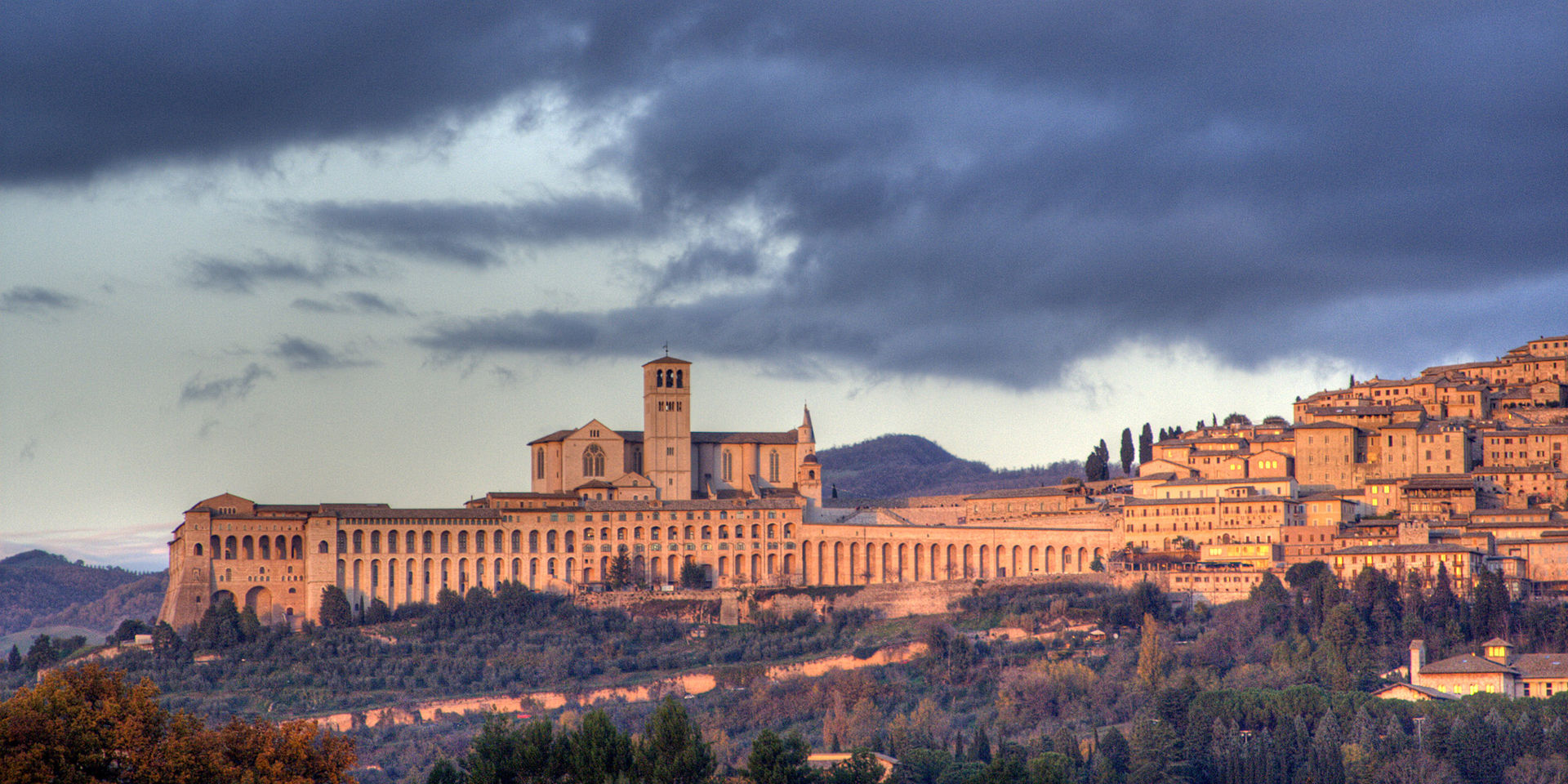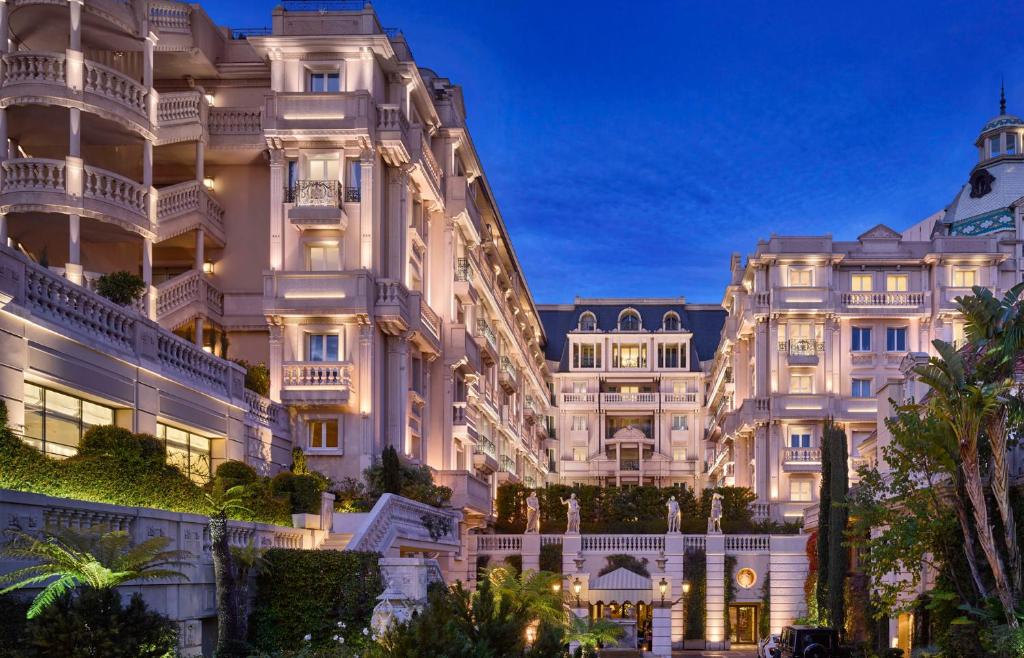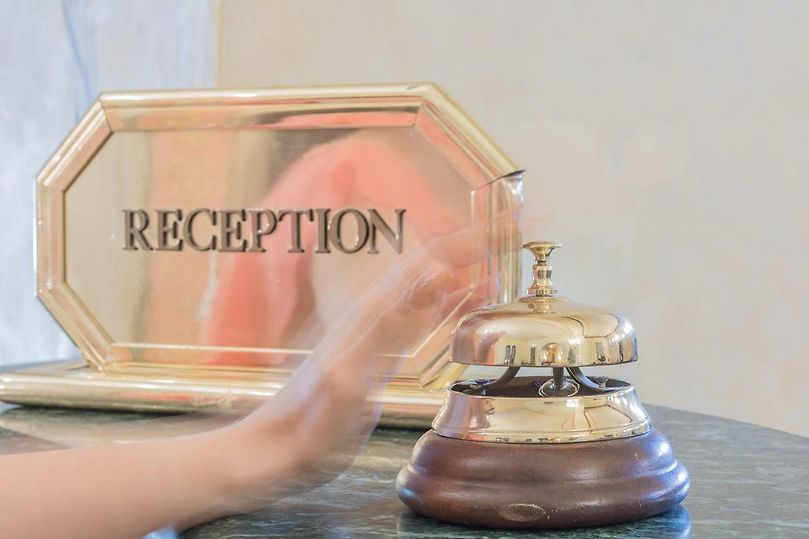About Us
About the Ancient Ruins
Few people are aware that Southern Africa is the home of the largest concentration of ancient ruins found anywhere on Earth – dating back over 200,000 years. This is the staggering discovery made by scientist and explorer Michael Tellinger in 2008. Since then, thousands of people from all over the world have visited the ruins and museum, and the interest is growing rapidly as people are discovering the mysterious vanished civilisations that are forcing us to rewrite our history books.
A large cluster of ruins
All the stone ruins are circular and are not stand-alone structures. They are part of a very large cluster of ruins, all connected to each other by strange channels, that may resemble pathways in aerial photographs. Agricultural terraces seem to hold all of these ruins and channels together like a gigantic spider’s web. This is an unimaginable building achievement comprising of more than 10 million stone ruins, that cover large parts of mostly South Africa and Zimbabwe. The Great Zimbabwe ruins fall into this same group of ruins.
Few people are aware that Southern Africa is the home of the largest concentration of ancient ruins found anywhere on Earth – dating back over 200,000 years. This is the staggering discovery made by scientist and explorer Michael Tellinger in 2008. Since then, thousands of people from all over the world have visited the ruins and museum, and the interest is growing rapidly as people are discovering the mysterious vanished civilisations that are forcing us to rewrite our history books.
Before Egypt
Long before the Egyptians or Sumerians saw the light of day, an ancient vanished civilisation lived at the southern tip of Africa. They worshiped the Sun, they carved the first Sphinx and Horus Bird, left behind mysterious rock art and carvings. They built an ancient megalithic calendar (Adam’s Calendar), aligned with Orion, and they were obsessed with gold.
Archaeological finds connect these ruins to ancient civilisations like the Egyptians, Phoenicians, Dravidians, Mayans, Romans, Greeks and the Anunnaki deities of the Sumerians. Stone Circle ruins and Museum is an unforgettable treat for those who seek deeper knowledge and truth about our human origins. For those who have been to places like Stonehenge, The Giza Pyramids or Machu Pichu; the Stone Circles of South Africa will complete your journey.
Advanced Ancient technology
The mysterious tools and artefacts, such as the torus stones and cone-shaped tools indicate that this civilisation had an advanced knowledge of the laws of nature, because they used Sound & Frequency as a tool – this is why we call this the first Silicone Valley.
Advanced Ancient healing
The Stone Circles themselves emit high levels of sound frequencies; magnetic fields; and electro-magnetic energy – sharing this energy with other stone circles in the entire grid. Since 2008, we have had repeated reports from a large number of visitors, of healing from all kinds of disease – including full blown cancer. The Stone Circles seem to act as healing chambers by amplifying the natural frequencies of the Earth and harmonising with our bodies.
Discovery of the Stone Circle Ruins
Until 2007, very little was known about the ancient ruins and almost no visual material was available. All the information came from books and explorers from the late 1800s and early 1900s. A few archaeological papers were written between the 30s and 90s. Some of these showed strange drawings of the ruins showing circles with no doors and entrances – concluding that while some of the ruins had been used as dwellings by more recent occupants, the original structures were built at a much earlier stage and had no doors or entrances. Therefore, the original structures were NOT constructed as dwellings for people or animals such as cows – as is often quoted inaccurately by some scholars.
Adam's Calendar
Adam’s Calendar, is most likely the most significant and oldest archaeological site in South Africa and possibly the world. It is the oldest working example of sun calendar. This site is known by African Shamans as “Inzalo Yi’langa” or “Birthplace of the Sun”, where humanity was created by the gods. Sacred ceremonies were held at this site for thousands of years that ended sometime in the 1950s. It is aligned with Great Zimbabwe and the Giza Pyramids along 31deg East. Current estimate of age is around 250,000 years old or more – close to the accepted origins of humankind.
Giant Footprint
Visit this spectacular site that reminds us of a strange and mystical time on Earth, when there were giants. All ancient cultures including the Bible tell us that there were giants in ancient times. Somehow, this flies in the face of Eurocentric historians today, who are constantly negating this ancient knowledge. A visit to this spectacular site will allow you to consider this for yourself.
Accommodation
We have stylish stone cottages with queen beds and on-suite shower – Beautiful comfortable rooms in the very spacious guest house, with full kitchen and relaxing area – two of these rooms have on-suite bathrooms. We can accommodate backpackers or larger groups in two dorms that sleep six each. All in the company of well-travelled, well informed, and conscious owners. Sundowners on the river deck and breath-taking bike & hiking trails – explore the spectacular mountains & valleys. Cool of in the streams and waterfalls while rediscovering our ancient past.
Food
STONE CIRCLE COUNTRY KITCHEN
BREAKFAST – LUNCH – DINNER
Enjoy our fabulous country cooking made with love and veggies from our very own garden by a world-class chef. Have drinks or picnics by the river with mountain views and sundowners on the river deck. Our menu ranges from the basic to the jaw-dropping… always delicious and remarkable.
Tours
Walk among the Ancient Ruins of South Africa
Take a walk among the largest cluster of ancient stone ruins anywhere in the world. Discover the TRUE CRADLE OF HUMANKIND – now recognised as such by a growing number of researchers from around the world. Experience the deep mystery and find the true purpose of these ancient ruins – that were not dwellings for people, nor for animals.
Marvel at the sheer magnitude of work that went into constructing more than 10 million Stone Circles throughout southern Africa – constructed by a civilisation we knew nothing about, until the ground-breaking research of Michael Tellinger exposed it all in 2008.
For individuals, families, small groups and large groups. Check in at our Lodge – relax, see the museum – walk the labyrinth and absorb new knowledge – let us plan the perfect tour for you to match your level of interest and curiosity.
Museum
The Stone Circle Museum, is the only museum dedicated to showcasing the ancient ruins and vanished civilizations of Southern Africa – Dravidian presence – Ancient gold mines – Precious tools and artefacts – Stones that ring like bells – Advanced tools and technology – And the presence of the Anunnaki in what was referred to as the ABZU in the Sumerian clay tablets.
The existing Stone Circle Museum was launched in 2008 by Michael Tellinger and displays thousands of unique and priceless tools and artefacts connected to the vanished civilization of southern Africa. More than 10 million mysterious stone circle ruins lie scattered across South Africa, Zimbabwe and surrounding countries – including Great Zimbabwe. These ruins are surrounded by 450 thousand square kilometers of agricultural terraces in what is now recognized as the largest concentration of stone ruins found anywhere on Earth.
The stone ruins, terraces and artefacts are being destroyed at a rapid rate by forestry, farming, town and road construction. No effort for preservation is made by authorities. This is the only museum dedicated to the preservation of this knowledge, ongoing research, and preserving the precious artefacts while spreading awareness of this astonishing part of human history, that takes us closer to the origins of Humankind than ever before.
Latest Discovery
Fossils of GIANTS, dinosaurs, humanoids and other extinct creatures that were present during the stone circle era as recently as 12,000 years ago – possibly even Anunnaki fossils. Fossilized heart, ribs, fingers, hooves, claws shoulder blade, teeth, leg bones, jaw bone 20 times larger than human, bone knuckles of giants over 100m tall;’ reptilian and dinosaur skin, and many more mind-blowing displays.
This discovery indicates that this entire area was caught up in a titanic flood that deposited several metres of mud and covered this entire area of southern Africa.
Annunnaki Connection
There is evidence that this was the creation of the Sumerian deities known as the ANUNNAKI. This is echoed in ZULU oral tradition and shamanic knowledge passed down over thousands of years. The ZULU story tells us that ADAM’s CALENDAR is where humanity was created by the gods (ANUNNAKI) to be slaves in the gold mines. Zulu Shaman Credo Mutwa was initiated there in 1937 and the site was used for rituals and ceremonies until the 1950s. The area of Waterval Boven and Machadodorp in Mpumalanga province, South Africa, is the most densely populated stone circle area found to date.


